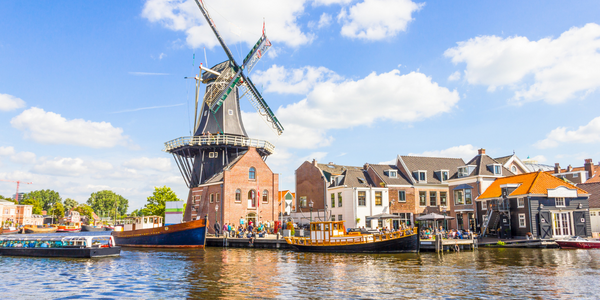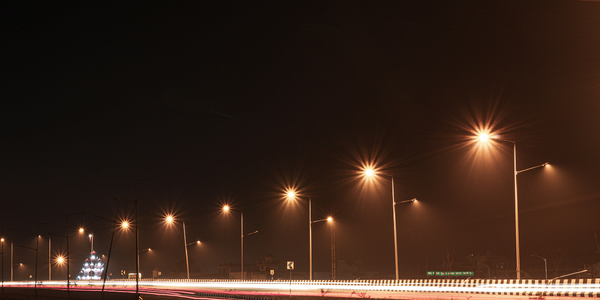公司规模
Large Corporate
地区
- Middle East
国家
- United Arab Emirates
产品
- Hyperledger Fabric
- Digital Silk Road
- Reconciliation and Settlement System
技术栈
- Blockchain
- Smart Contracts
- Hyperledger Fabric
实施规模
- Enterprise-wide Deployment
影响指标
- Productivity Improvements
- Cost Savings
- Digital Expertise
技术
- 应用基础设施与中间件 - 区块链
- 应用基础设施与中间件 - 数据交换与集成
适用行业
- 城市与自治市
- 运输
适用功能
- 物流运输
- 商业运营
用例
- 供应链可见性(SCV)
- 资产跟踪
- 智能合约
服务
- 系统集成
- 软件设计与工程服务
关于客户
本案例研究中的客户是阿拉伯联合酋长国的城邦迪拜。迪拜是阿联酋第二大城市,人口超过 300 万。该市一直致力于投资技术以改善政府运作,并制定了一项名为“迪拜 10X”的愿景,即在技术方面领先其他世界城市 10 年。该愿景下的一项举措是“数字丝绸之路”,这是一个促进全球贸易的平台。该平台旨在利用区块链技术解决全球贸易体系的关键问题——成本高、信任度低和缺乏透明度。迪拜工商会和港口管理局 DP World 组成了一个联合团队来实施这个项目。
挑战
根据“迪拜 10X”的愿景,迪拜的目标是在技术方面领先其他世界城市 10 年。该愿景下的一项举措是“数字丝绸之路”,这是一个促进全球贸易的平台。该平台旨在利用区块链技术解决全球贸易体系的关键问题——成本高、信任度低和缺乏透明度。然而,在迪拜注册进出口商品的过程既不顺利也不容易。这是一个漫长的过程,涉及许多部门。对于出口来说,这个过程需要更多步骤。所有这些过程都是纸质的,非常耗时。
解决方案
迪拜商会和迪拜环球港务集团与 Avanza Innovations 合作,利用开源区块链框架 Hyperledger Fabric 开发数字丝绸之路。数字丝绸之路的首两个项目是统一贸易登记和出口授权。通过统一贸易登记,想要在迪拜开展业务的公司可以通过安全的单一窗口界面进行一次注册。数据将分发给所有政府贸易实体。如果公司需要更新任何信息,新信息将立即与所有人共享。出口授权可跟踪贸易交易,缩短交易时间,并实现安全加密的数字身份验证。通过智能合约可以与相关政府实体无缝共享文档。合规和监管检查贯穿整个流程,完全无纸化。
运营影响
数量效益

Case Study missing?
Start adding your own!
Register with your work email and create a new case study profile for your business.
相关案例.

Case Study
Turning A Stadium Into A Smart Building
Honeywell created what it called the “intelligent system” for the National Stadium in Beijing, China, turning the venue for the opening and closing events at the 2008 Summer Olympics into a “smart building.” Designed by highly controversial artist Ai Weiwei, the “Bird’s Nest” remains one of the most impressive feats of stadium architecture in the world. The 250,000 square meter structure housed more than 100,000 athletes and spectators at a time. To accommodate such capacity, China turned to Honeywell’s EBI Integrated Building Management System to create an integrated “intelligent system” for improved building security, safety and energy efficiency.
.png)
Case Study
Smart Street Light Network (Copenhagen)
Key stakeholders are taking a comprehensive approach to rethinking smart city innovation. City leaders have collaborated through partnerships involving government, research institutions and solution providers. The Copenhagen Solutions Lab is one of the leading organizations at the forefront of this movement. By bringing together manufacturers with municipal buyers, the Copenhagen Solutions Lab has catalyzed the development and deployment of next-generation smart city innovations. Copenhagen is leveraging this unique approach to accelerate the implementation of smart city solutions. One of the primary focus areas is LED street lighting.

Case Study
Airport SCADA Systems Improve Service Levels
Modern airports are one of the busiest environments on Earth and rely on process automation equipment to ensure service operators achieve their KPIs. Increasingly airport SCADA systems are being used to control all aspects of the operation and associated facilities. This is because unplanned system downtime can cost dearly, both in terms of reduced revenues and the associated loss of customer satisfaction due to inevitable travel inconvenience and disruption.

Case Study
IoT-based Fleet Intelligence Innovation
Speed to market is precious for DRVR, a rapidly growing start-up company. With a business model dependent on reliable mobile data, managers were spending their lives trying to negotiate data roaming deals with mobile network operators in different countries. And, even then, service quality was a constant concern.

Case Study
Buoy Status Monitoring with LoRa
The Netherlands are well-known for their inland waterways, canals, sluices and of course port activities. The Dutch Ministry of Infrastructure indicates that there are thousands of buoys and fixed items in and near water environments that would profit from IoT monitoring. One of the problems with buoys for example, is that they get hit by ships and the anchor cable breaks. Without connectivity, it takes quite some time to find out that something has happened with that buoy. Not to mention the costs of renting a boat to go to the buoy to fix it. Another important issue, is that there is no real-time monitoring of the buoys at this moment. Only by physically visiting the object on the water, one gains insight in its status.








